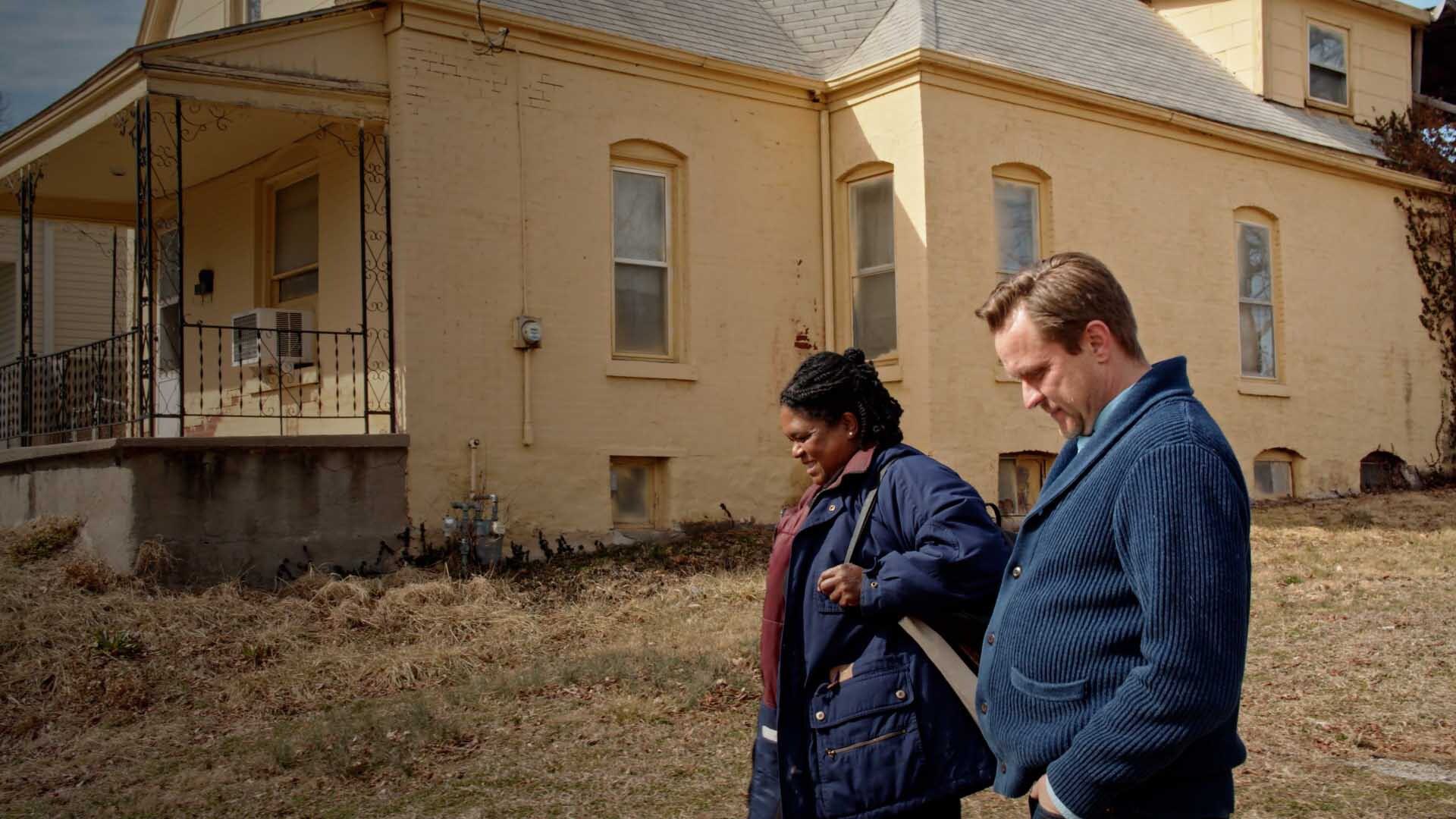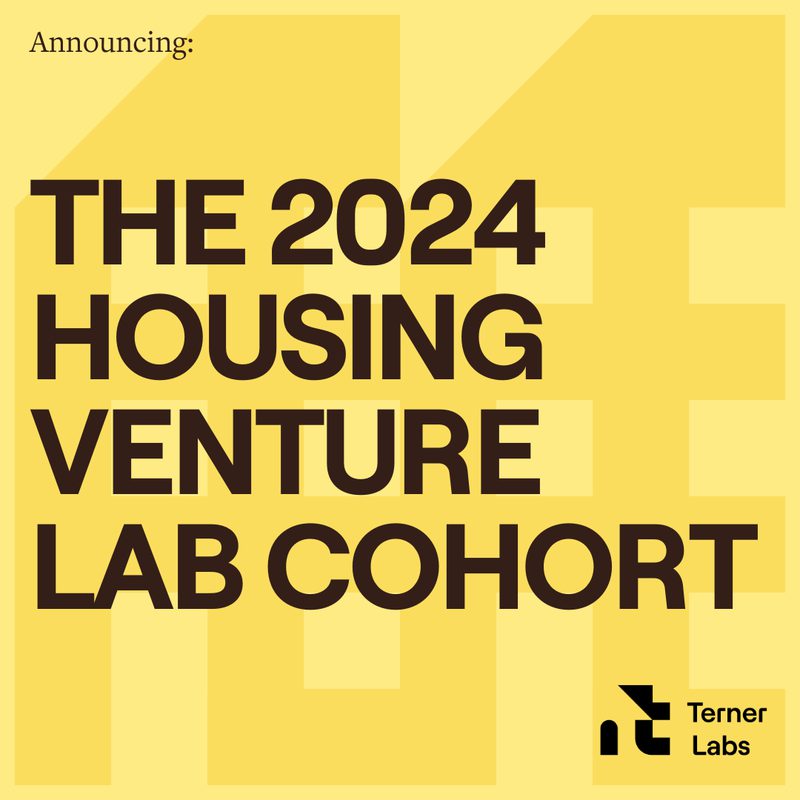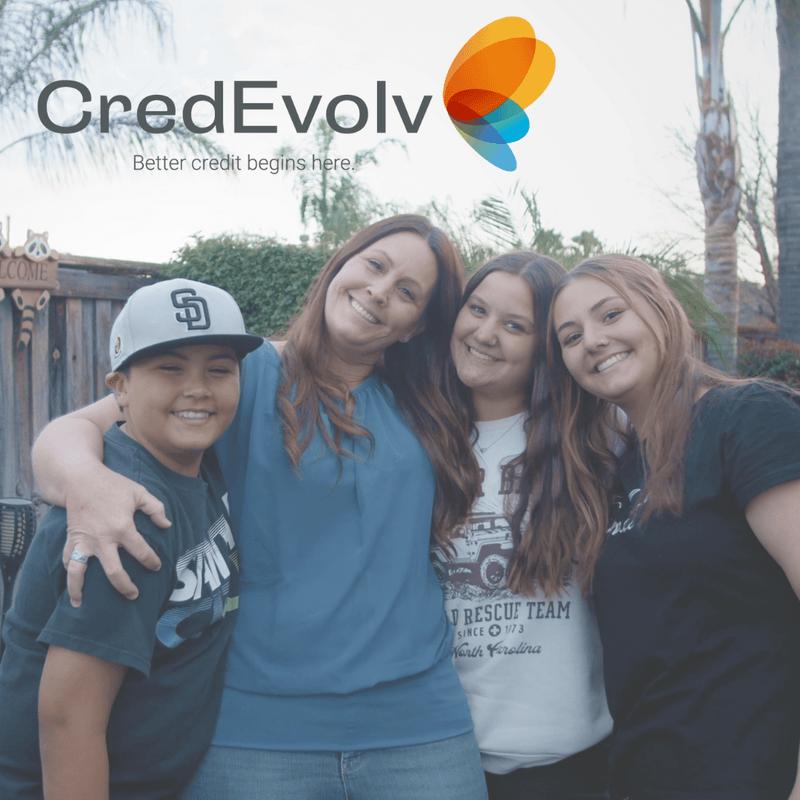How 2021 Alum Trust Neighborhoods Preserves Affordability in Neighborhoods At-Risk of Gentrification

At the Housing Lab we partner with companies with innovative approaches to increase housing affordability and equity. Part of this work is partnering with new real estate acquisition and development models that can operate on a national level to increase housing affordability and stability. Trust Neighborhoods, part of our 2021 cohort, does this by leveraging powerful relationships that already exist in communities to create community-governed ownership of real estate that creates and sustains permanent affordable rental housing in gentrifying areas.
Trust Neighborhoods has pioneered a model they call a mixed-income neighborhood trust (MINT). MINTs take some elements of a traditional community land trust (CLT) to create a new tool for housing stabilization. They partner with existing community based organizations (CBOs) to establish and run trusts that acquire, renovate, and build scatter-site rental housing. Trust Neighborhoods provides support during the set-up process from underwriting to legal structuring, partners on capital raising, and brings the organizational expertise they gain from running MINTs across multiple jurisdictions. CBOs provide existing relationships and connections to the community and are the general manager of the MINT, acquiring properties and attracting residents while ensuring the long-term decision-making on questions like rent increases and acquisition strategy remains in the hands of community members.
CLTs have long been used by community organizations as an important tool to take rental properties off the speculative market and return economic power to residents. In the CLT model1 a nonprofit typically owns and leases the land to homeowners who build limited wealth in the appreciation of their building. This enables families that would otherwise be renters to stay in their communities through affordable housing which generates a myriad of benefits. When a family’s housing payment is limited to 30% of their income (the accepted standard of “rent burdened”) they have the opportunity to build wealth in other ways. It allows them to put more money towards 401(k) plans or college savings. The CLT model provides financial breathing room to build credit and wealth long term through financial and residential stability.
Community land trusts require a high level of trust and a lot of money. The power of decision making and ownership is held by residents rather than remote landlords, and relies on strong relationships and leadership that already exist in communities. Additionally, CLTs require extensive capital to purchase land and homes to take them off the market, a type of capital that can only be provided by finite sources of government and foundation grants. In today’s market CLTs face an uphill battle with increased competition for land and continued increases in housing prices driven by the ongoing housing supply shortage and increasingly nimble private equity capital.2

Trust Neighborhood’s MINT model tries to directly address these challenges. Trust Neighborhoods helps establish the MINT and provides the legal framework for a long term governance structure comprised of members of the CBO and renters who live in the MINT-owned homes. Trust Neighborhoods also invests in the MINT directly and recruits larger sources of capital, like government loans or impact investors. MINTs are set-up to take in equity, which allows them to draw on a much broader and more flexible set of capital partners. Unlike traditional CLTs, they are also able to leverage debt to purchase properties by applying it at a portfolio rather than property level. All these financial tools allow the MINT to purchase and therefore protect more housing than might be possible in a traditional CLT model.
Additionally, unlike traditional CLTs, the properties owned by the MINT are mixed income rentals. A majority of the units are rented at market rate to subsidize the minority of affordable housing stock indefinitely. The MINT acquires properties and maintains rents at stabilized, affordable rates, shielding renters from displacement and allowing them to remain in and enjoy the benefits of new investment in their neighborhoods. This structure reduces long term capital needs, generating a sustainable financial model. It does result in a trade off - unlike traditional community land trusts, there currently is no path to homeownership or way for residents to build equity. Trust Neighborhoods is hoping to incorporate these options in the future.
How can we further advance models like this to create larger impact in these at-risk neighborhoods? While the MINT model reduces the need for long term capital support, it still requires up front capital to acquire properties. The creation of local or state long-term debt sources at better terms than the private sector would allow MINTs to keep a higher share of their units affordable. Meanwhile, partnerships between the MINTs and government entities could help steward the sale of properties going through foreclosure, resulting in MINTs being an additional safety net for communities at risk of displacement.
Finally, governments could assist the MINT’s mission by providing funding and tax assistance to MINT programs to immediately increase the country’s affordable housing stock. States and the federal government can look towards the Texas state legislature as a first-iteration model of what could be done. Texas recently passed legislation to assess community land trust homes not on their market value but on the subsidized purchase price and ground lease value, lowering the tax burden on the owner.3 In Trust Neighborhoods’ MINTs this would allow properties to generate higher cash flows, opening up more access to capital and growth to serve more residents.
While opportunities for affordable, stable housing are disappearing, connections between people, our communities, are our most significant asset to prevent gentrification. Trust Neighborhood’s MINT model uses the power of existing neighborhood relationships paired with innovative financial tools to quickly protect at-risk communities, keeping housing affordable for communities across the country.
1 Can take many different forms, see chrome-extension://efaidnbmnnnibpcajpcglclefindmkaj/viewer.html?pdfurl=https%3A%2F%2Funequalcities.org%2Fwp-content%2Fuploads%2Fsites%2F17%2F2019%2F10%2FDeFilippis_et_al-2019-Antipode.pdf&clen=147816&chunk=true
2 https://www.propublica.org/art...
3 https://challenge.economicarch...


